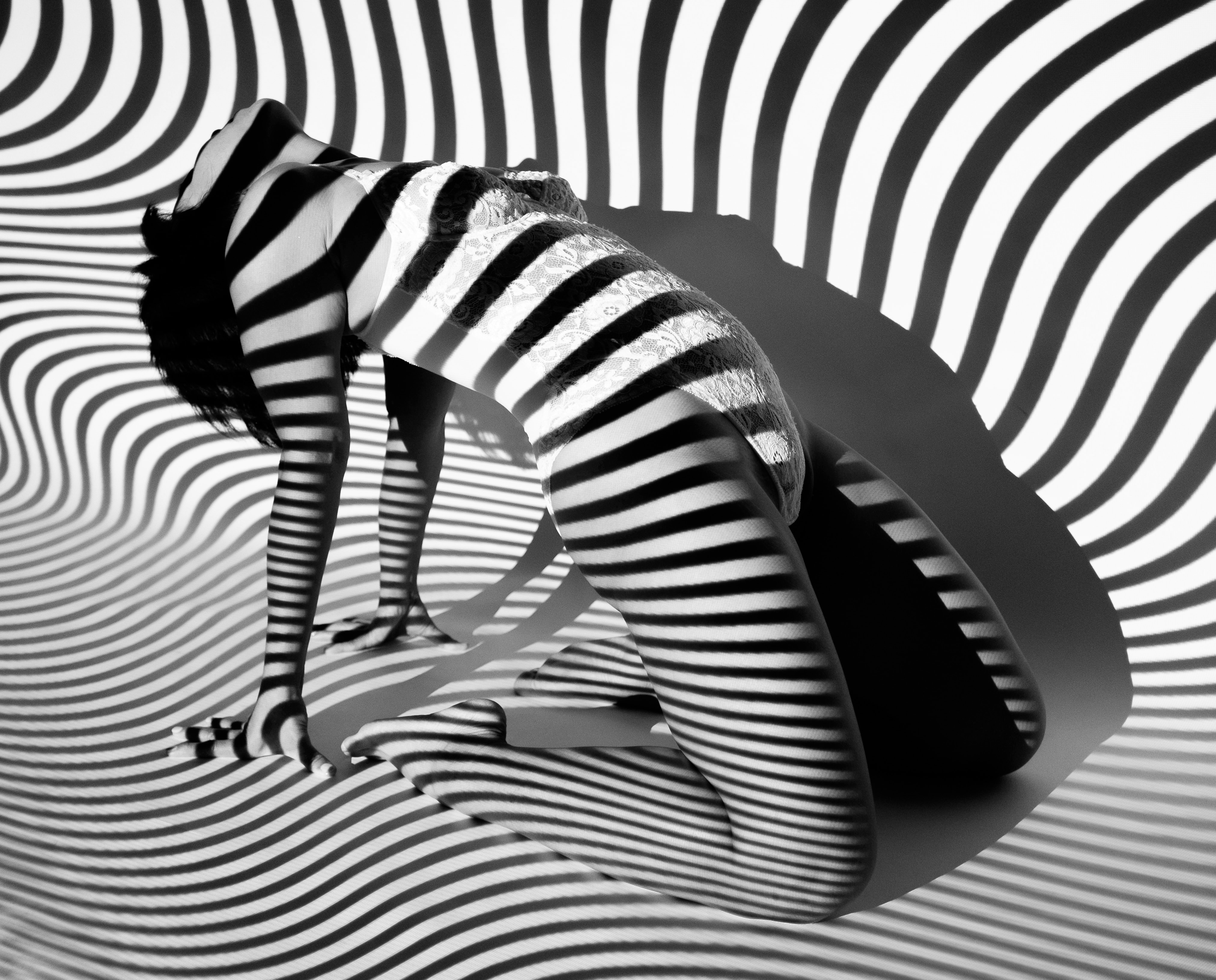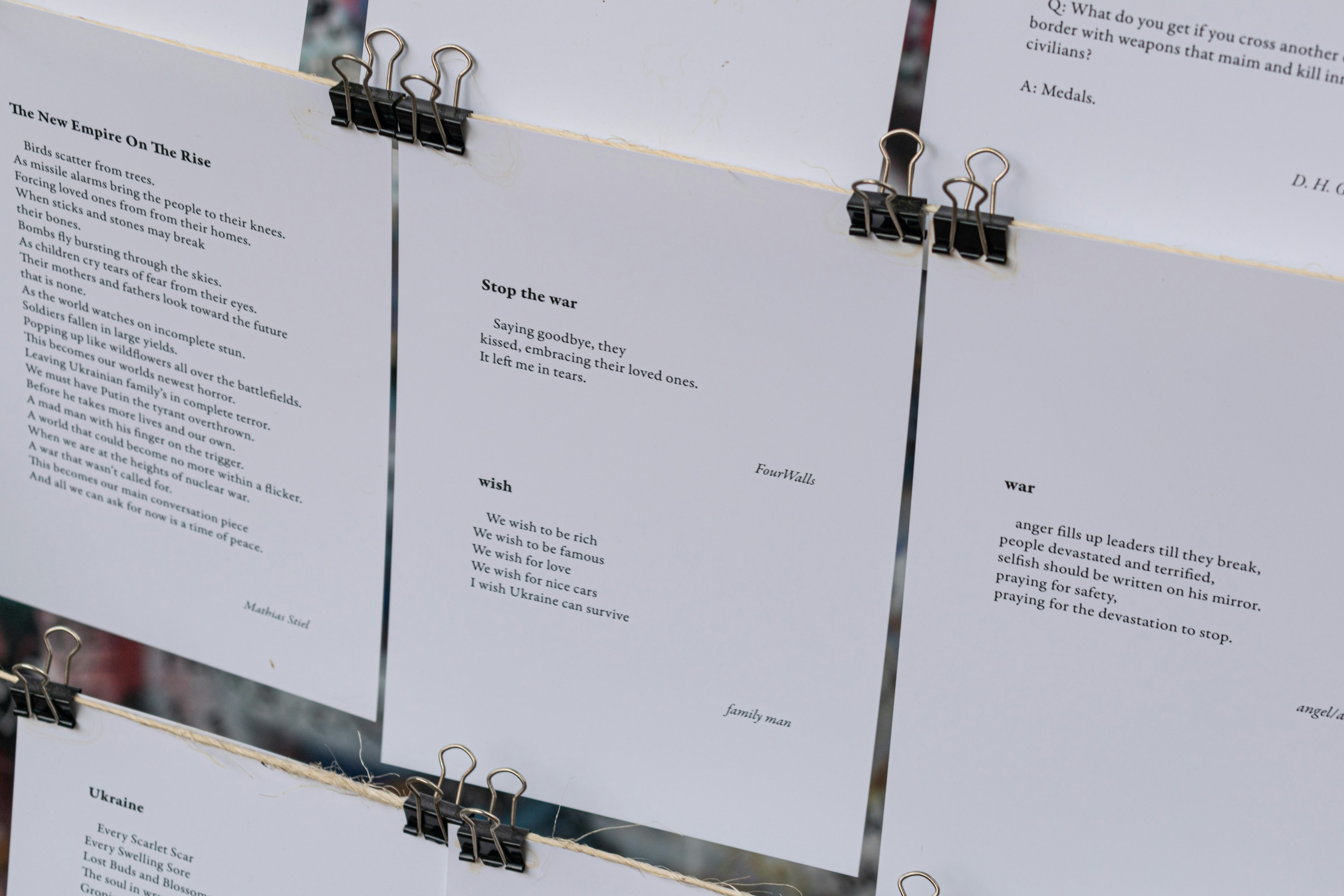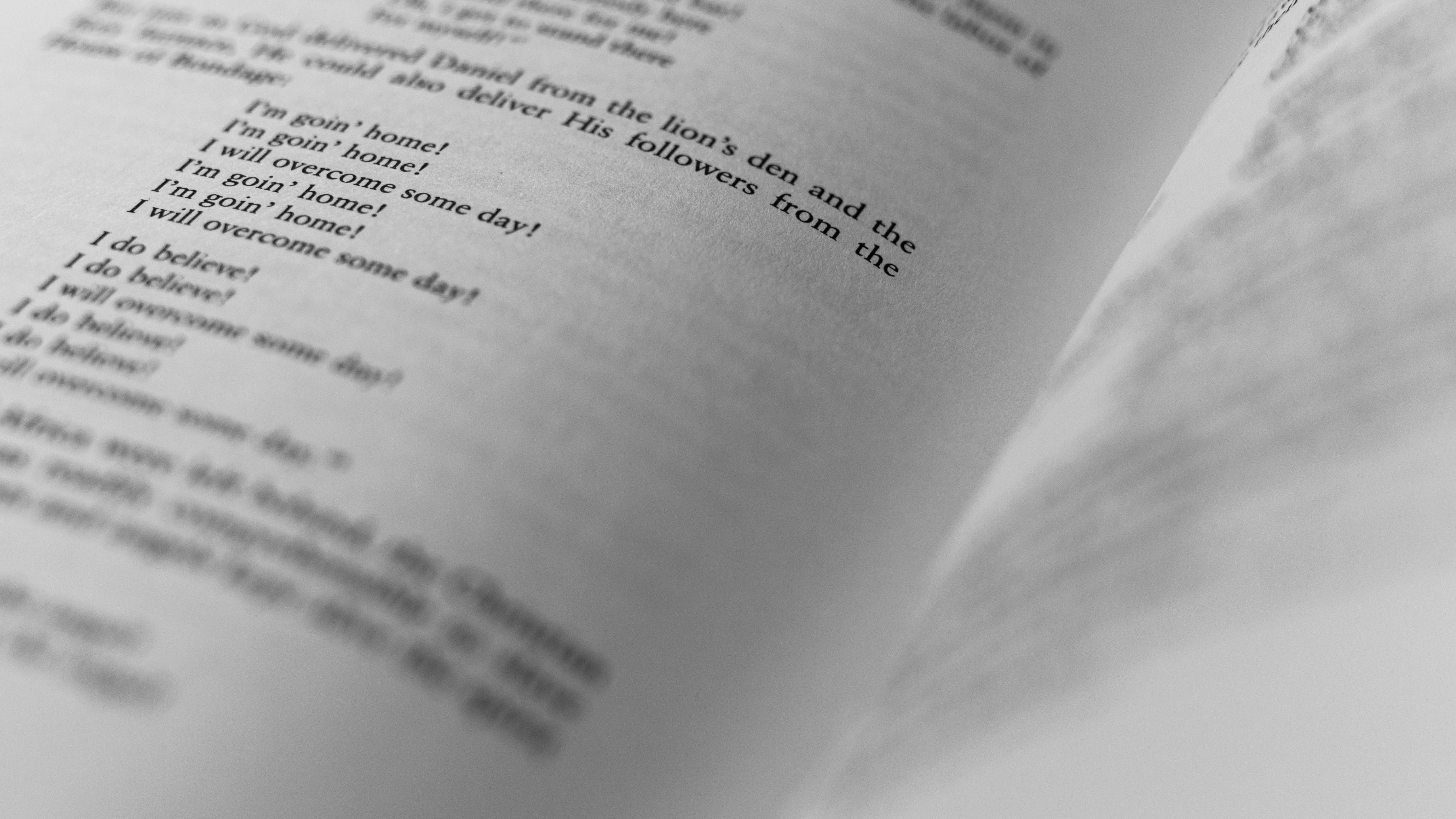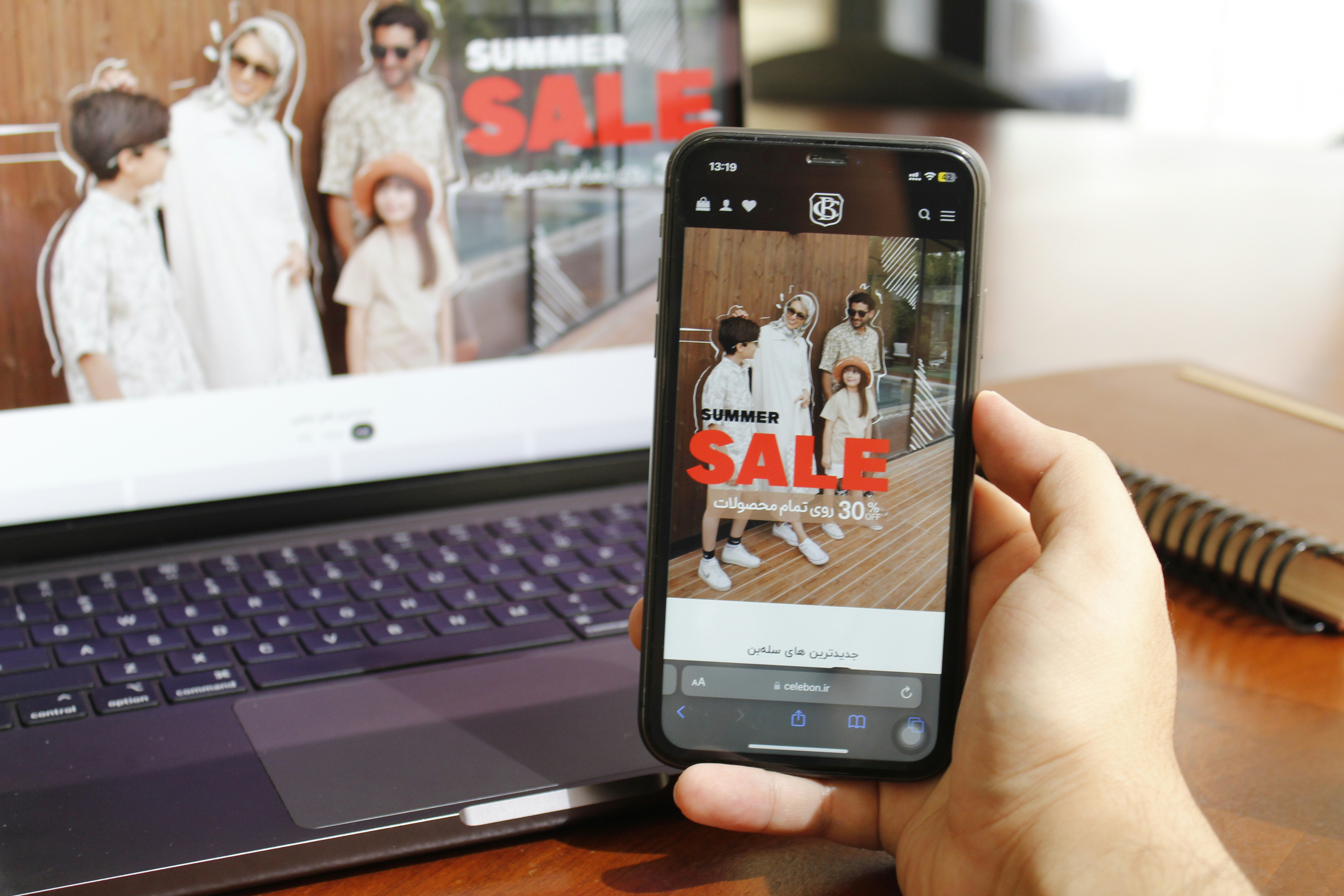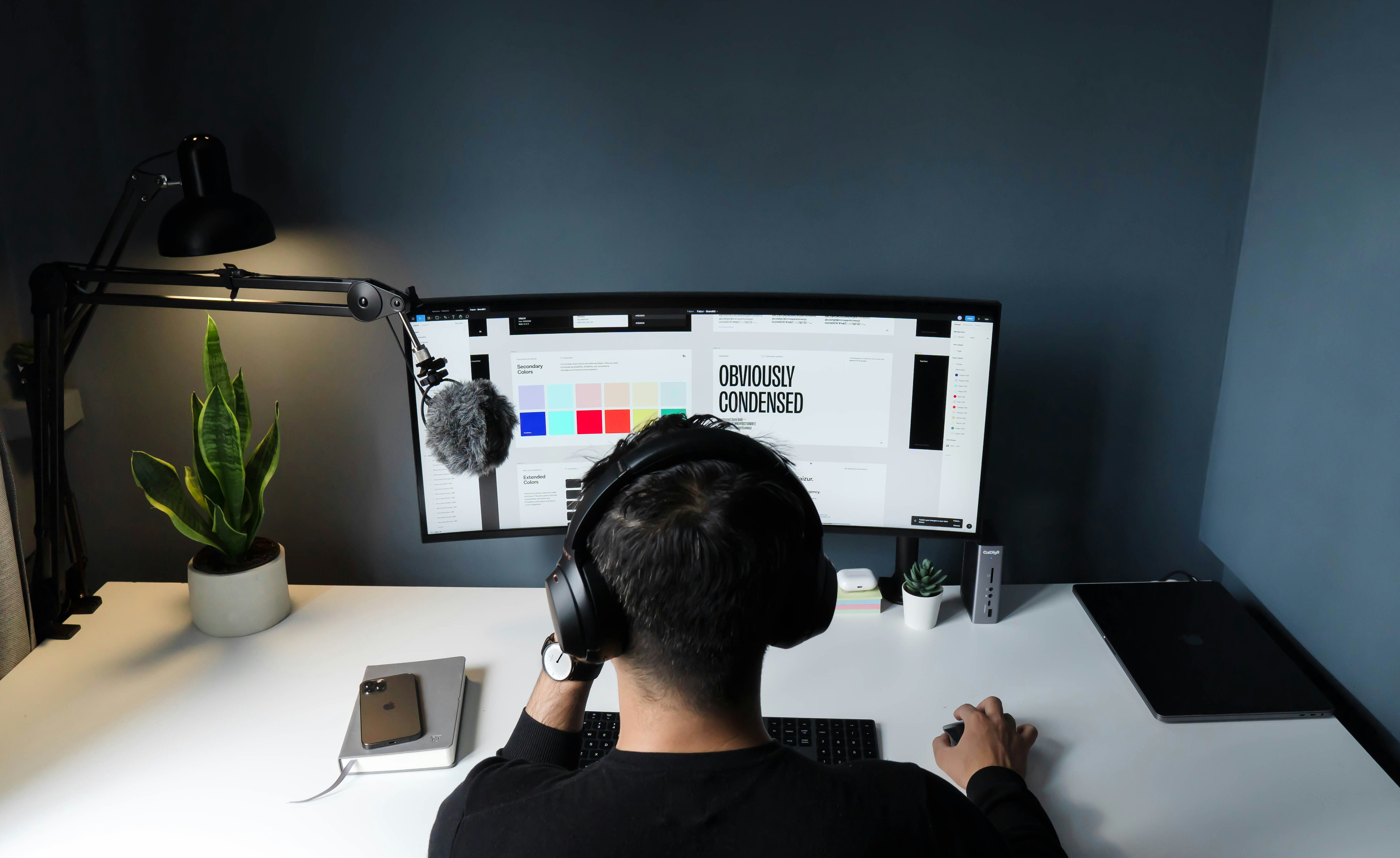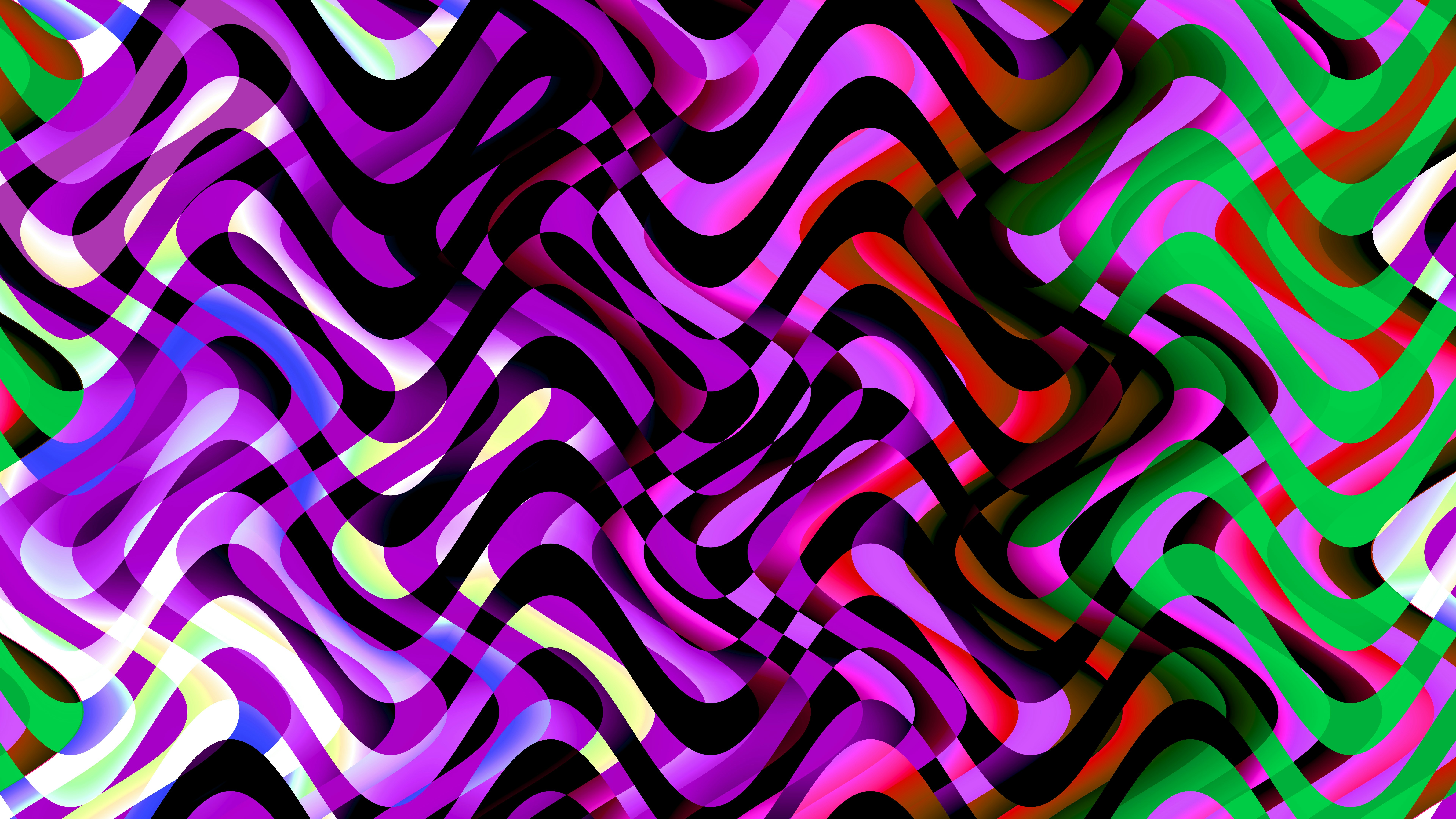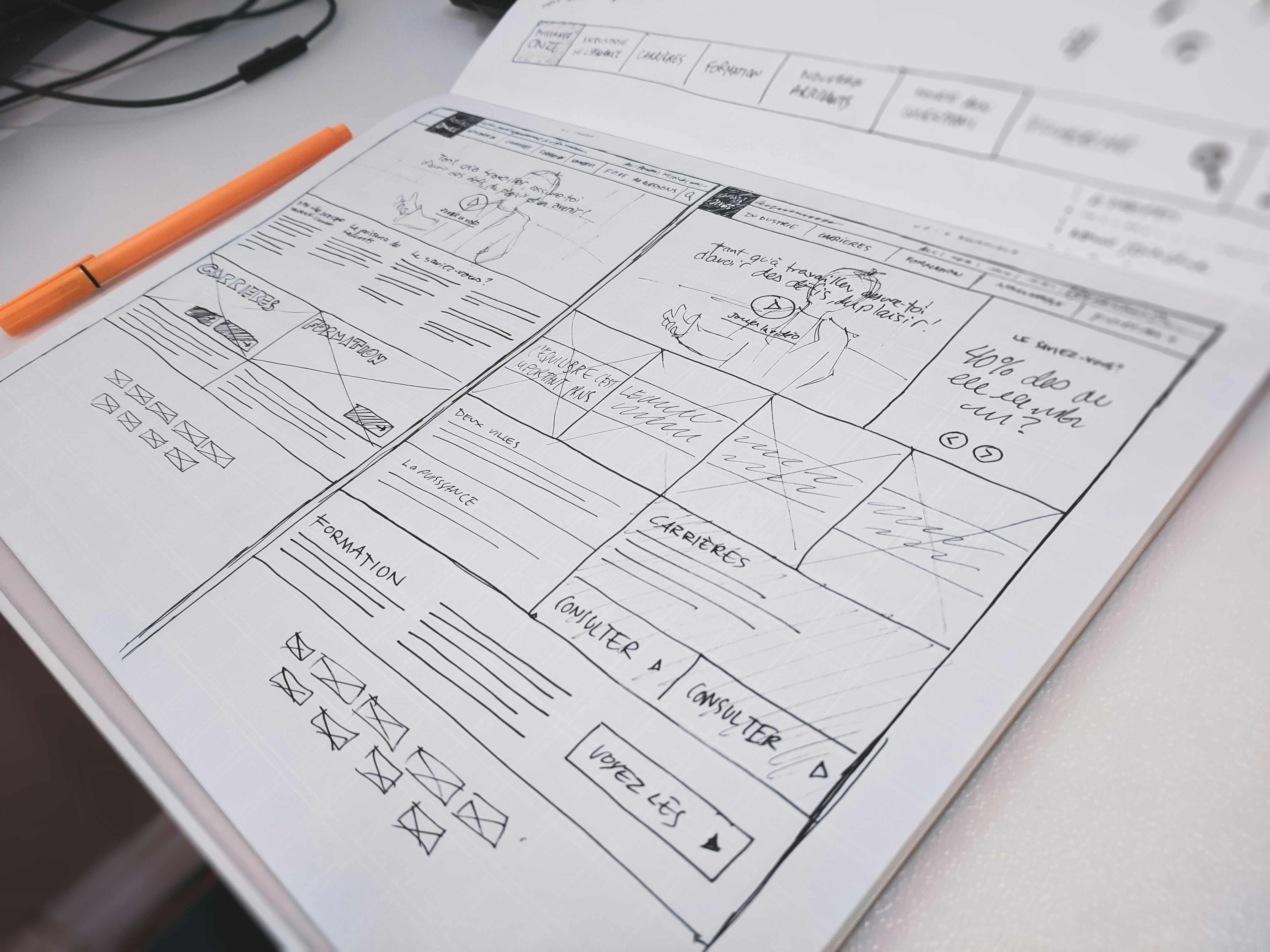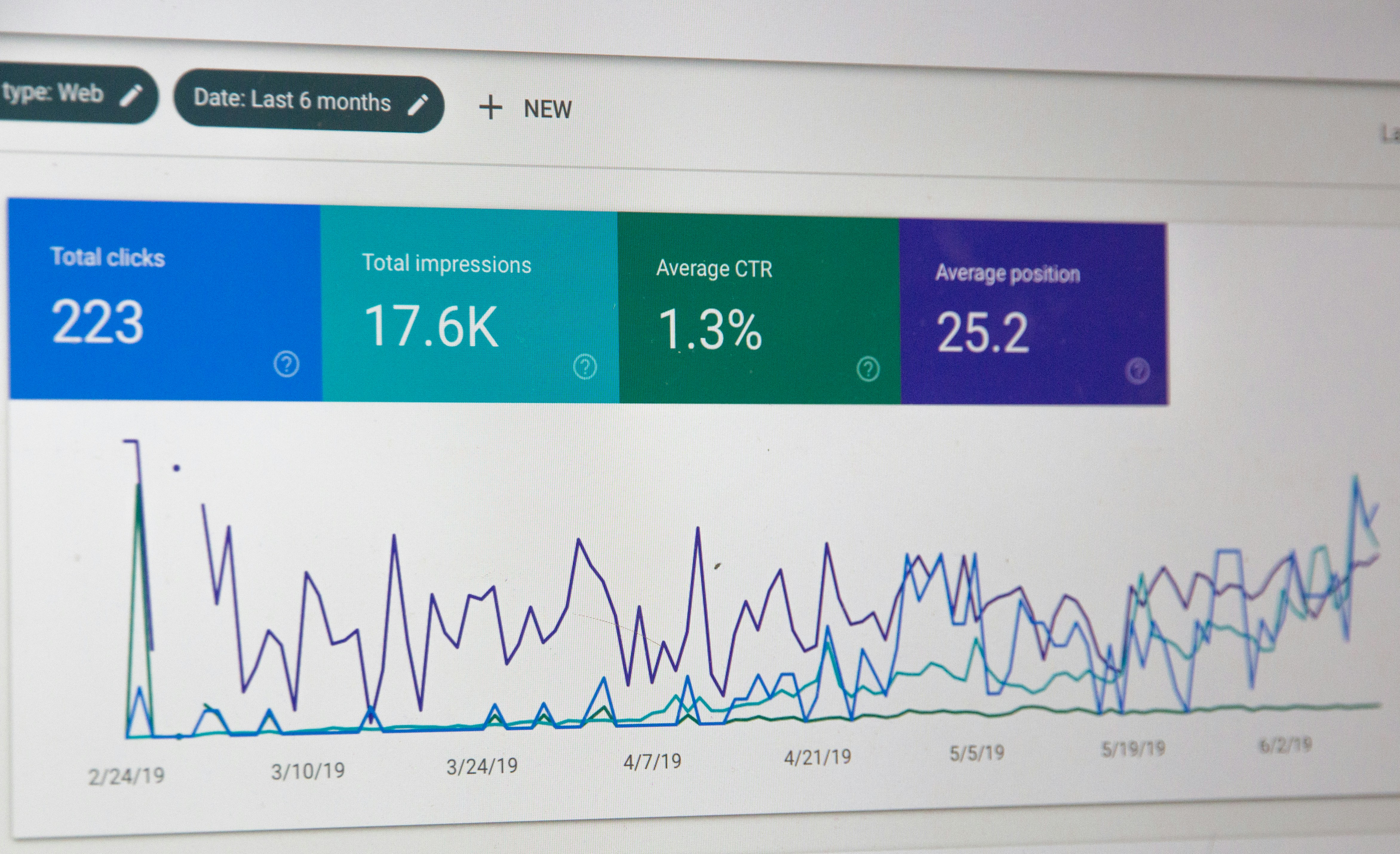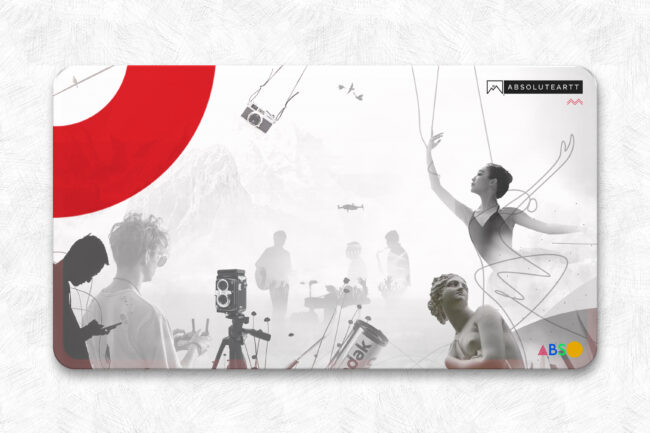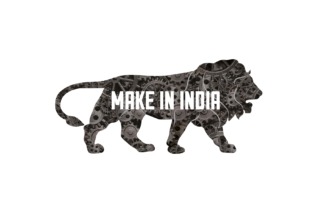Design surrounds us in every moment — the clothes we wear, the apps we scroll, the buildings we pass. Yet, not all designs speak to us equally. Some captivate, some comfort, some push us to act. Why is that? The answer lies in the psychology of design — the way our brains perceive and respond to visual information.
Perception Shapes Experience
At the heart of design psychology is perception — the process by which our brains interpret sensory input. Color, shape, texture, and form all funnel into our minds, where they are organized and understood. Designers who understand this process can create visuals that do more than look good; they can craft experiences that feel intuitive, meaningful, and memorable.
Attention as a Compass
Attention determines what we notice first, what holds our gaze, and what we remember. It is shaped by novelty, relevance, and personal interest. A unique shape, a sudden pop of color, or an unexpected pattern can instantly draw the eye. Designers leverage this understanding, subtly guiding viewers through a layout, a product, or an interface — creating a visual path that feels natural and satisfying.
The Emotional Language of Color
Color is more than decoration; it is emotion in pigment. Blue can soothe, red can energize, yellow can spark curiosity. Our brains respond instinctively, making color one of the most powerful tools in a designer’s arsenal. When used thoughtfully, color shapes perception, sets tone, and conveys meaning without a single word.
Imagine a spa painted in soft blues and muted greens — the environment instantly whispers calm. Or a fitness app bathed in fiery reds and oranges, urging movement and action. Color is the invisible hand that nudges emotion.
Shapes Speak Beyond Words
Shapes carry their own vocabulary. Angular lines convey strength, stability, and direction. Circles suggest unity, warmth, and inclusion. Curves can invite comfort, softness, or intimacy. Designers harness these associations, embedding psychological cues into logos, layouts, and interfaces, allowing a design to communicate subtly yet powerfully before a single word is read.
Texture Creates Depth and Feeling
Texture is the tactile echo in visual design. Smooth surfaces hint at luxury and sophistication, rough surfaces speak of ruggedness or authenticity, and soft textures evoke comfort. Even when we can’t physically touch a surface, the suggestion of texture informs perception and emotion, influencing how we relate to a design on a subconscious level.
Design as Dialogue
Ultimately, design is a conversation between creator and viewer. It begins with perception, travels through attention, color, shape, and texture, and lands in emotion and cognition. Designers who understand this journey are able to craft experiences that are more than functional — they are resonant. Every choice, intentional or subtle, shapes how we interpret a message, feel about a brand, or respond to an interface.
Design is not just what we see. It is what we feel, think, and remember. By understanding the psychology behind perception, attention, and emotional response, designers can go beyond aesthetics to create visuals that truly connect. And the more we explore this intersection of mind and design, the richer our visual language becomes — giving us the ability to craft experiences that linger long after the first glance.


